We introduce you to our newest faculty members: David Bollivar, Ryan Bracewell, Heather Hundley, Cris Ledón-Rettig, Luke Nikolov, and Mansi Srivastava.
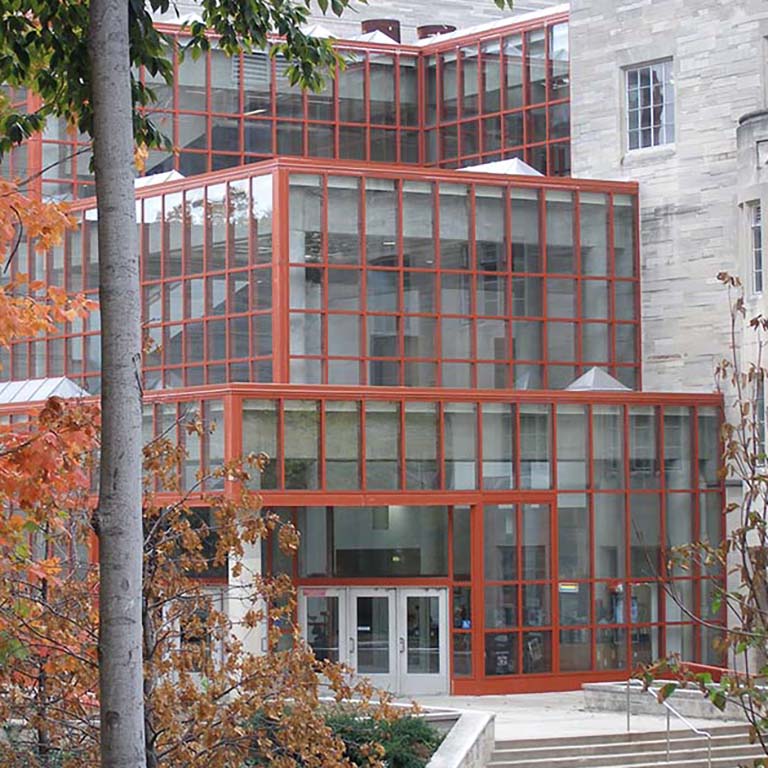

We introduce you to our newest faculty members: David Bollivar, Ryan Bracewell, Heather Hundley, Cris Ledón-Rettig, Luke Nikolov, and Mansi Srivastava.
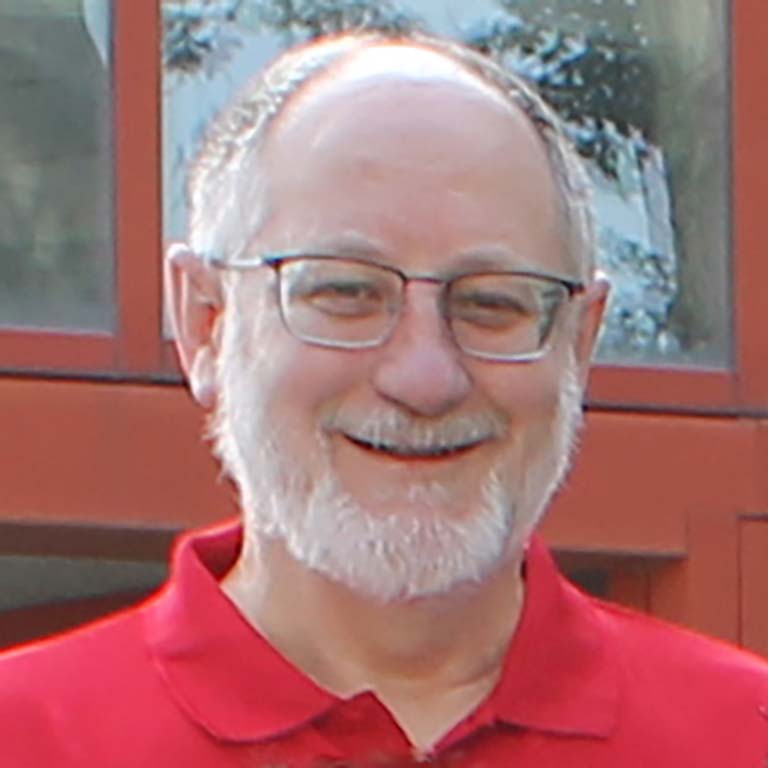
Upon his arrival in August, David Bollivar hit the ground running as a senior lecturer and the director of the Biotechnology Master's Degree Program. Bollivar is an IU alum, having earned his Ph.D. in plant sciences from IU. He joins our department after retiring as the Miner Linnaeus Sherff Professor of Botany at Illinois Wesleyan University.
Bollivar grew up in the country outside a small town in central Illinois. He received a B.A. in biology from Illinois Wesleyan. While on faculty at Illinois Wesleyan, Bollivar was active in the community—serving as a faculty advisor to the student Habitat for Humanity chapter. As a project director, he worked on houses every Saturday for over ten years. He and his students built 13 houses in collaboration with students from an adjacent university and the local affiliate.
Bollivar's research interests are tetrapyrrole biosynthesis and the isolation of bacteriophages from natural samples. He has engaged first-year undergraduate students in the isolation of bacteriophages as a course-based research experience as part of the HHMI Science Education Alliance PHAGES program.
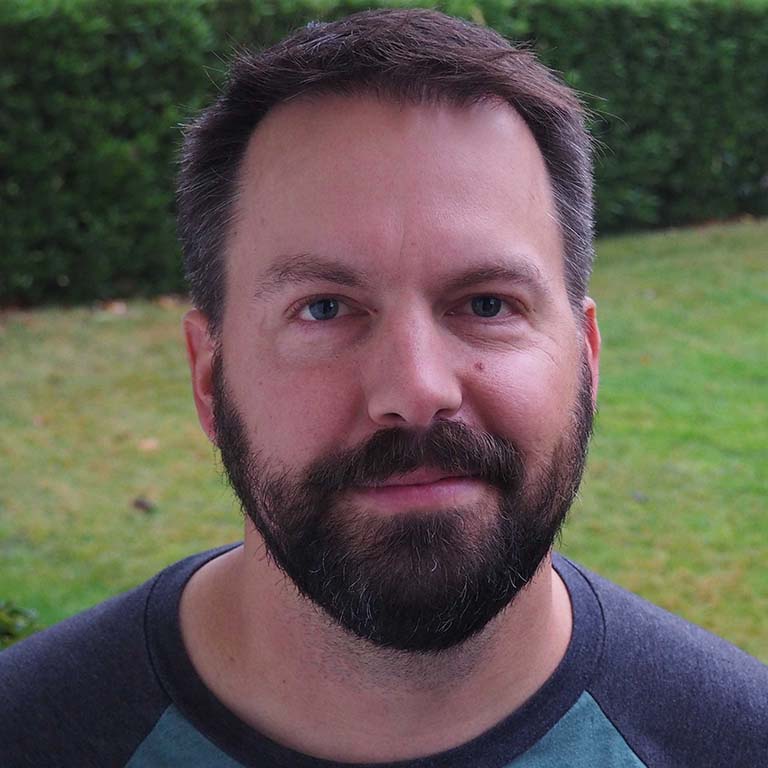
Ryan Bracewell comes to IU Biology from the University of California, Berkeley, where he was a postdoc. He has also served as an entomologist with the USDA Forest Service. Bracewell, who started his position as assistant professor with our department in January 2022, holds a Ph.D. from University of Montana, an M.S. from Utah State University, and a B.S. from Colorado State University. He grew up in Colorado and has "bounced around" the western United States—living in Colorado, Utah, Montana, California, and Idaho before arriving in Indiana. He loves fly fishing and ties his own flies. His first job was as a cave tour guide.
Bracewell studies speciation and evolutionary genetics and genomics. His background is in entomology, so he typically works in insects to try to understand their remarkable diversity. He is also interested in teaching evolutionary genetics and genomics and helping people use genomic data and bioinformatics in their research.

Having been affiliated with IU Biology for many years while she served on the IU School of Medicine faculty in Bloomington, Heather A. Hundley is no newcomer to our department. She is pleased to now be an official member, beginning her role as associate professor of biology on July 1.
Hundley, who grew up in Springfield, Illinois, received her B.S. in chemistry from Eastern Illinois University. She earned her Ph.D. in biomolecular chemistry from University of Wisconsin-Madison and completed postdoctoral training with HHMI/University of Utah.
Hundley's lab is interested in understanding how regulation of gene expression in different tissues and during development is important for organismal behavior and survival. She and lab members study a process where genes are modified at specific places in their expressed form (a molecule called RNA). As this process changes the molecular information, it is referred to as “RNA editing.” They use both human cell lines and the model organism, Caenorhabditis elegans (a microscopic nematode) to understand how the machinery that performs editing functions is regulated.
Hundley looks forward to working with undergraduates in the classroom as she revamps the molecular biology laboratory course. She hopes to expose students to modern techniques and how they can be applied to understand personalized medicine and the flow of genetic information. She has trained over 30 undergraduates in her laboratory over the years, but this will be her first time teaching them in the classroom.
Hundley loves hiking and being in nature. She notes how wonderful living in Bloomington is with its many options to escape to the woods on weekends. Her local favorites include Sycamore Land Trust's Canyon Forest Nature Preserve and Rock Shelter/Low Gap Trail in Morgan-Monroe State Forest.
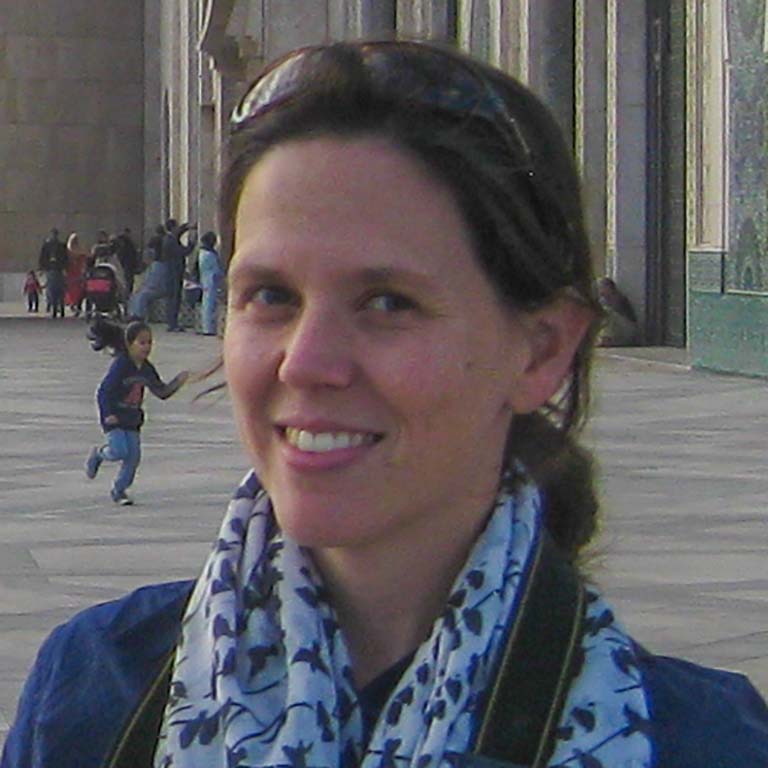
Cris Ledón-Rettig, whose research interests focus on the role of developmental and behavioral plasticity in adaptive evolution, has been an assistant professor with IU Biology since August 1, 2021. Before that, she was an assistant research scientist with the department from July 1, 2017, through July 31, 2021.
Ledón-Rettig earned her Ph.D. from the University of North Carolina, Chapel Hill. She was an NSF postdoctoral fellow with University of South Florida, Tampa, Department of Integrative Biology; an NSF postdoctoral fellow at North Carolina State University Department of Molecular Biomedical Science; and a postdoctoral fellow in Armin Moczek's lab at IU Biology.
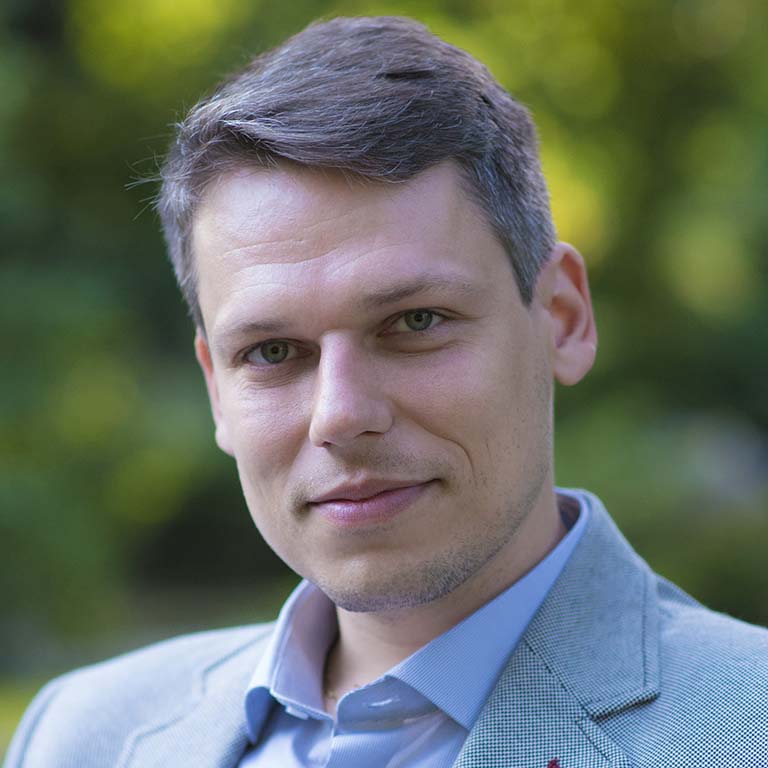
Luke Nikolov—an assistant professor in molecular, cell, and developmental biology at UCLA—begins his assistant professorship with IU Biology in January 2023. He graduated cum laude from Harvard University with a B.A. in biochemical sciences. He earned his Ph.D. in biology from Harvard as well. He was an Alexander von Humboldt–Bayer Postdoctoral Fellow (genetic underpinnings of leaf diversity) at Max Planck Institute for Plant Breeding Research in Cologne, Germany.
Nikolov is a plant developmental geneticist interested in flowers. His lab uses a combination of genetic and genomic approaches, particularly single-cell genomics, to address how flowers are built and how they change during evolution.
Nikolov loves to travel and has collected plants on six continents. His favorite pastimes are plant photography and botanical illustration.
While growing up at the foothills of the Balkan Mountains in Bulgaria, Nikolov hiked in the alpine meadows above his hometown, which inspired his interest in plants. He built his first lab in middle school, which he decorated with lichens and bird nests. His most treasured possession at the time was a tiny monocular microscope magnifying up to 100 times—enough to see all kinds of plant cells. He considers himself fortunate to still be looking at plant cells.
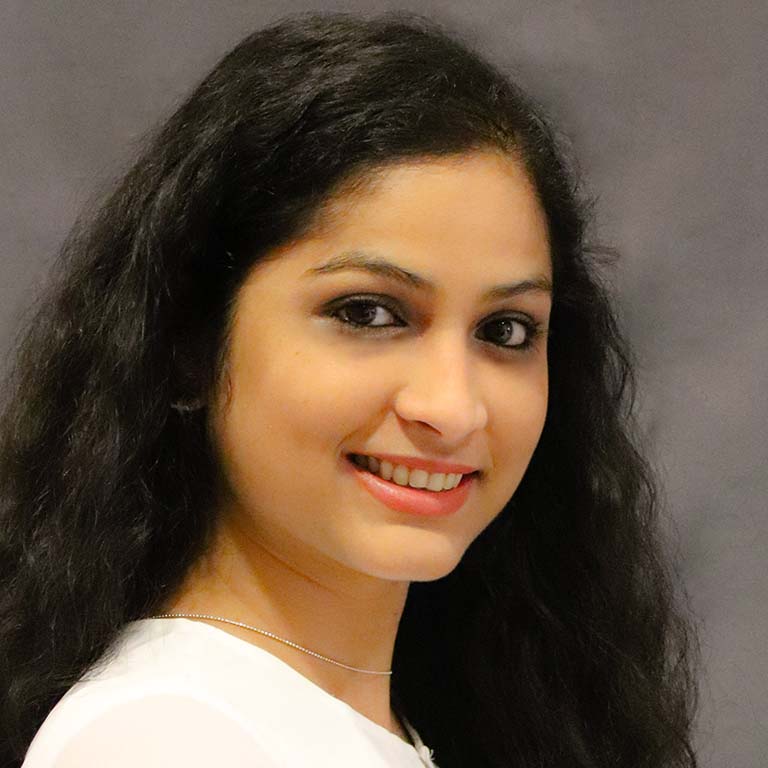
Mansi Srivastava joined our faculty on August 1 as a lecturer for our Biotechnology program. Prior to coming here, Srivastava did a postdoctoral fellowship in the Department of Biohealth Informatics at Indiana University–Purdue University Indianapolis. She obtained her Ph.D. in immunology from Indian Institute of Technology, Indore, India, and a B.Tech. degree in biotechnology from Amity University, Lucknow, India.
Srivastava loves to train students in biotechnology laboratory, specifically in the areas of mammalian cell culture and molecular biology core skills. She has worked extensively in genomics and molecular biology of regulatory protein-RNA interactions using next generation sequencing technology. Her primary research interest is to explore post-transcriptional regulation of gene expression focusing on RNA and its dynamics in a cell that paves the way for RNA therapeutics.
Srivastava is proud of her roots. She grew up in Lucknow, India—a diverse community full of ethnic cultures and traditional values and, consequentially, a hub of a variety of regional and traditional cuisines. She is indebted to her country for providing her education.
Srivastava loves to travel and explore places. She notes that her one-year-old boy always makes life even more adventurous. Outside of work, she enjoys spending time with her family and little one.